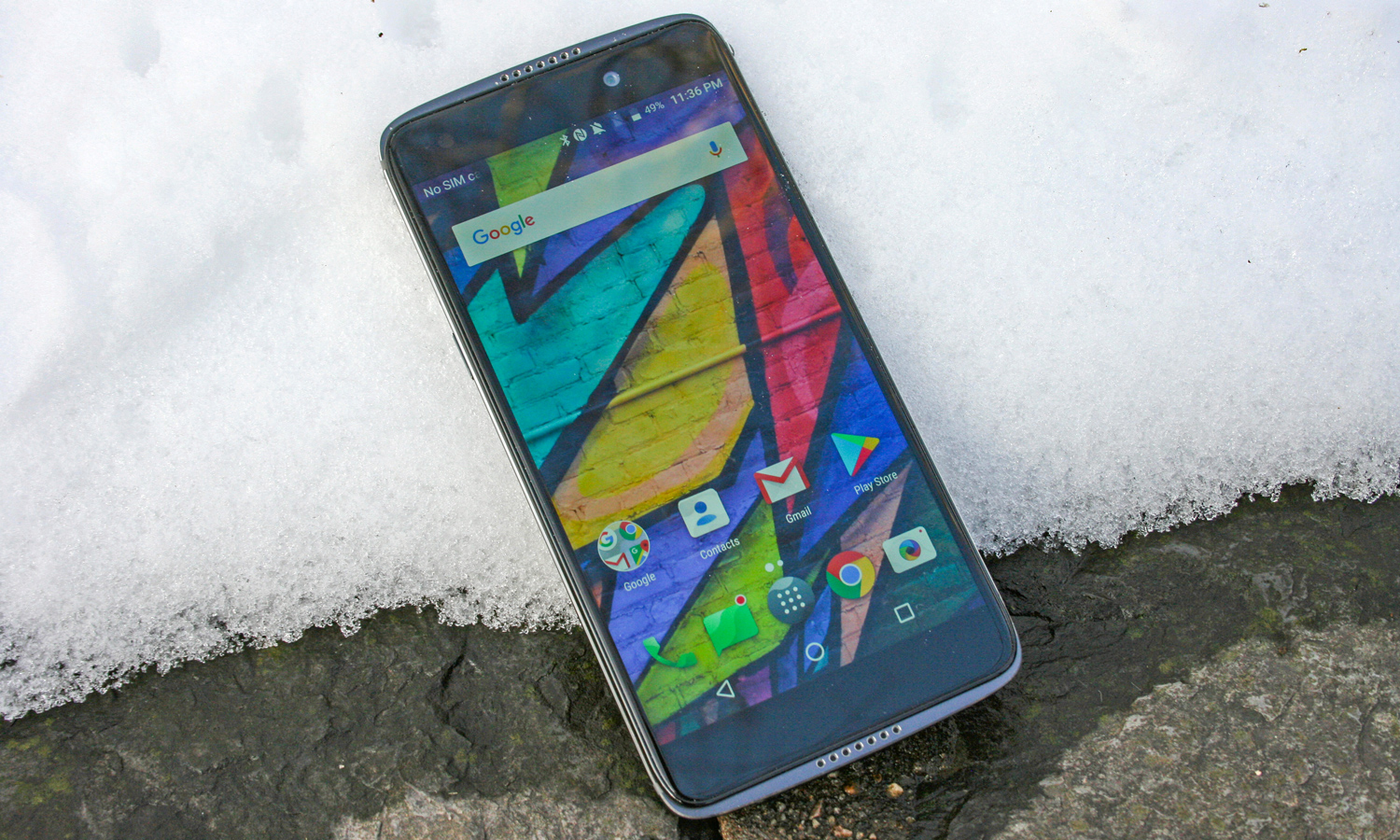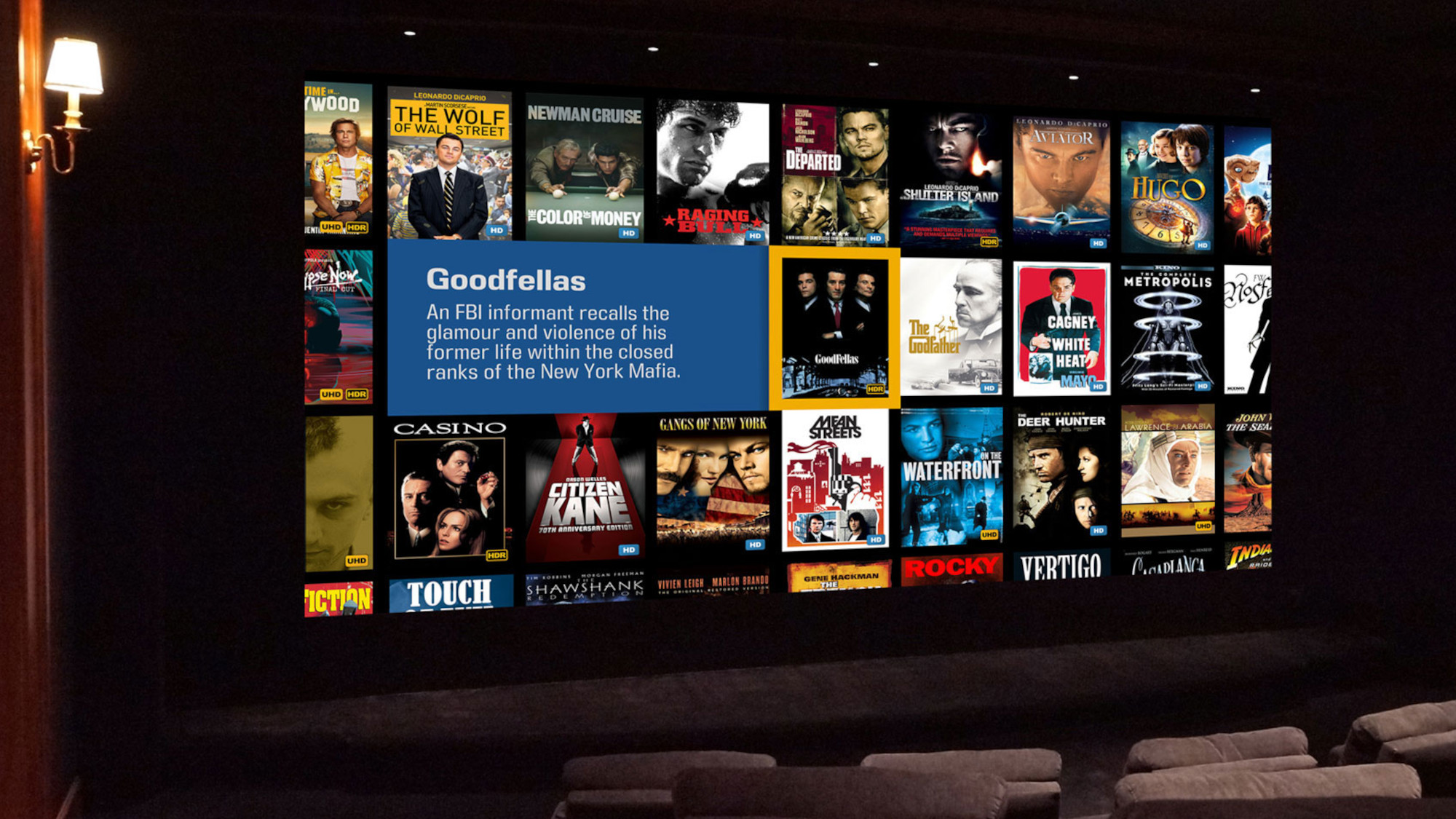Tom's Guide Verdict
Alcatel has brought its attractive, but-flawed Idol 5S to Cricket as an exclusive to the prepaid carrier, but the new phone makes too many compromises to offer any appeal beyond its low price.
Pros
- +
Great display
- +
Premium design
- +
Charges fast
- +
NFC
Cons
- -
No fingerprint sensor
- -
Underwhelming specs
- -
Carrier locked
- -
Poor battery life
- -
Buggy VR experience
Why you can trust Tom's Guide
With all the excellent options out there for cheap, unlocked smartphones, prepaid carrier Cricket Wireless is hoping to attract customers with an exclusive: the Alcatel Idol 5. Reminiscent of the unlocked Idol 5S that launched earlier in the year for $279, that phone has been revised inside and out to hit a lower price tag: Cricket sells the Idol 5 for $179.
The catch? Some of the concessions Alcatel made are sure to ruffle a few feathers. For one, there's no fingerprint scanner on the lower cost Idol 5, and the cheaper model features less RAM and an inferior processor. Yet Alcatel has slightly addressed the Idol 5S' battery life woes by throwing in a larger pack. Even so, the tradeoffs simply aren't worth it. Even with a sub-$200 price tag, you can still do better.
Price and Availability
The Alcatel Idol 5 is available for $179 exclusively through Cricket Wireless. For that price, you’ll get a device locked to the network, which uses parent company AT&T's GSM infrastructure. That means you won't be able to take the Idol 5 to T-Mobile, Verizon, Sprint or any other service provider, including AT&T proper. Cricket's policy stipulates it will provide you with the unlock code after at least six months of paid service — only then will you be able to use the device on a different carrier. It's also important to note that while Cricket operates on AT&T's network, it caps data speeds at 8 Mbps.
The Idol 5 comes in only one configuration with 32GB of storage, about half of which is available from the moment you boot up the phone for the first time. However, there is a microSD slot, allowing you to expand storage by up to 256GB.
Specs
| Price | $179 |
| OS | Android 7.0 Nougat |
| Screen Size (Resolution) | 5.2 inches (1920 x 1080) LCD |
| CPU | MediaTek Helio P20 |
| RAM | 2GB |
| Storage | 32GB |
| microSD Slot? | Yes |
| Rear Camera | 12MP (f/2.0) |
| Front Camera | 5MP (f/2.4) |
| Battery Life (Hrs:Mins) | 8:50 |
| Water Resistance | No |
| Size | 5.83 x 2.87 x 0.30 inches |
| Weight | 5.5 ounces |
Design: More of a good thing
If you've seen the Idol 5S, the Idol 5 holds few surprises. The differences between the two models come down to fit and finish, rather than overall appearance.
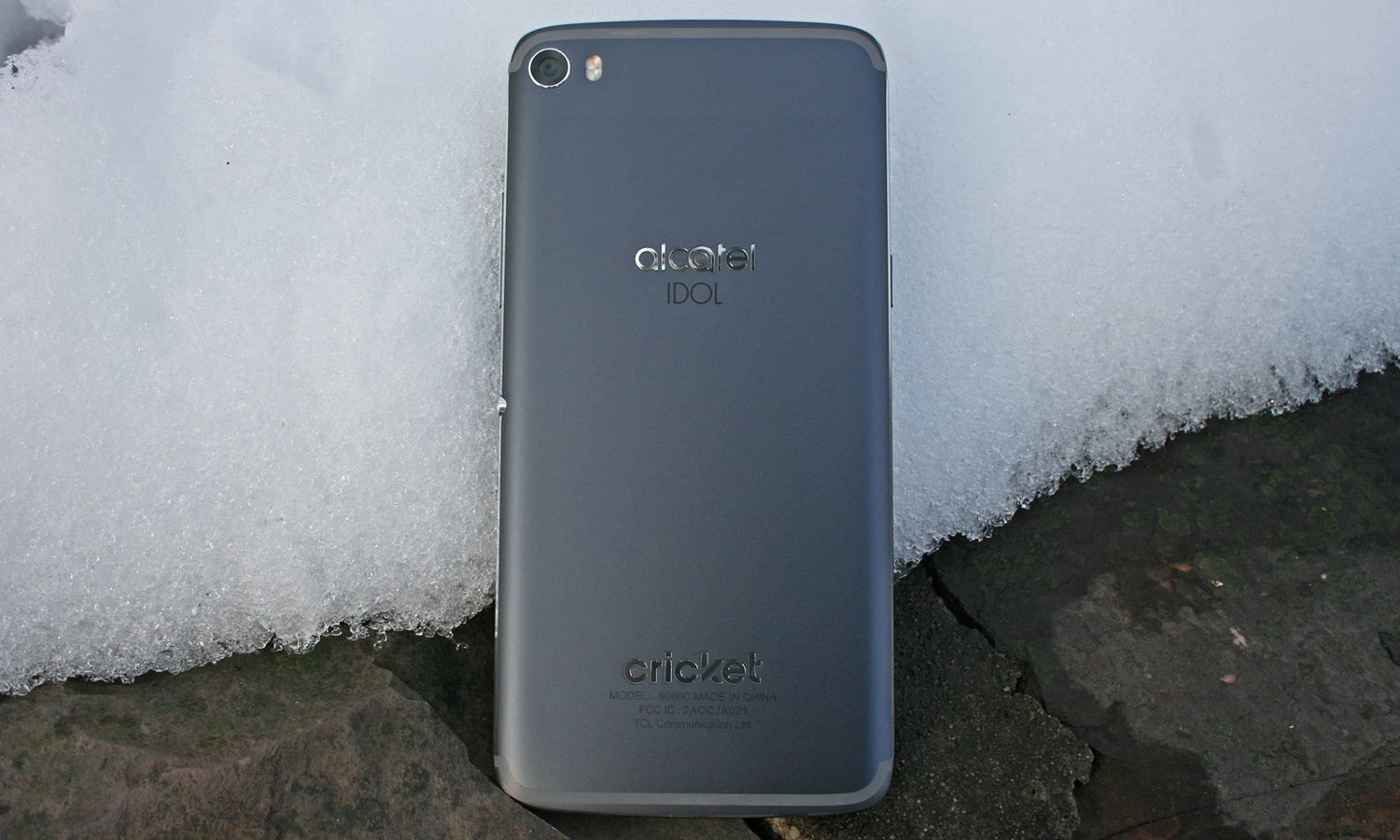
The phone's backside has undergone the most noticeable transformation. Alcatel has replaced the Idol 5S' glass rear panel with a bluish-silver aluminum enclosure that is rounder and more comfortable to hold. Atop this slab of metal sits the phone's 5.2-inch display, along with equally sized bezels above and below that house components like the front-facing camera and ambient light sensor.
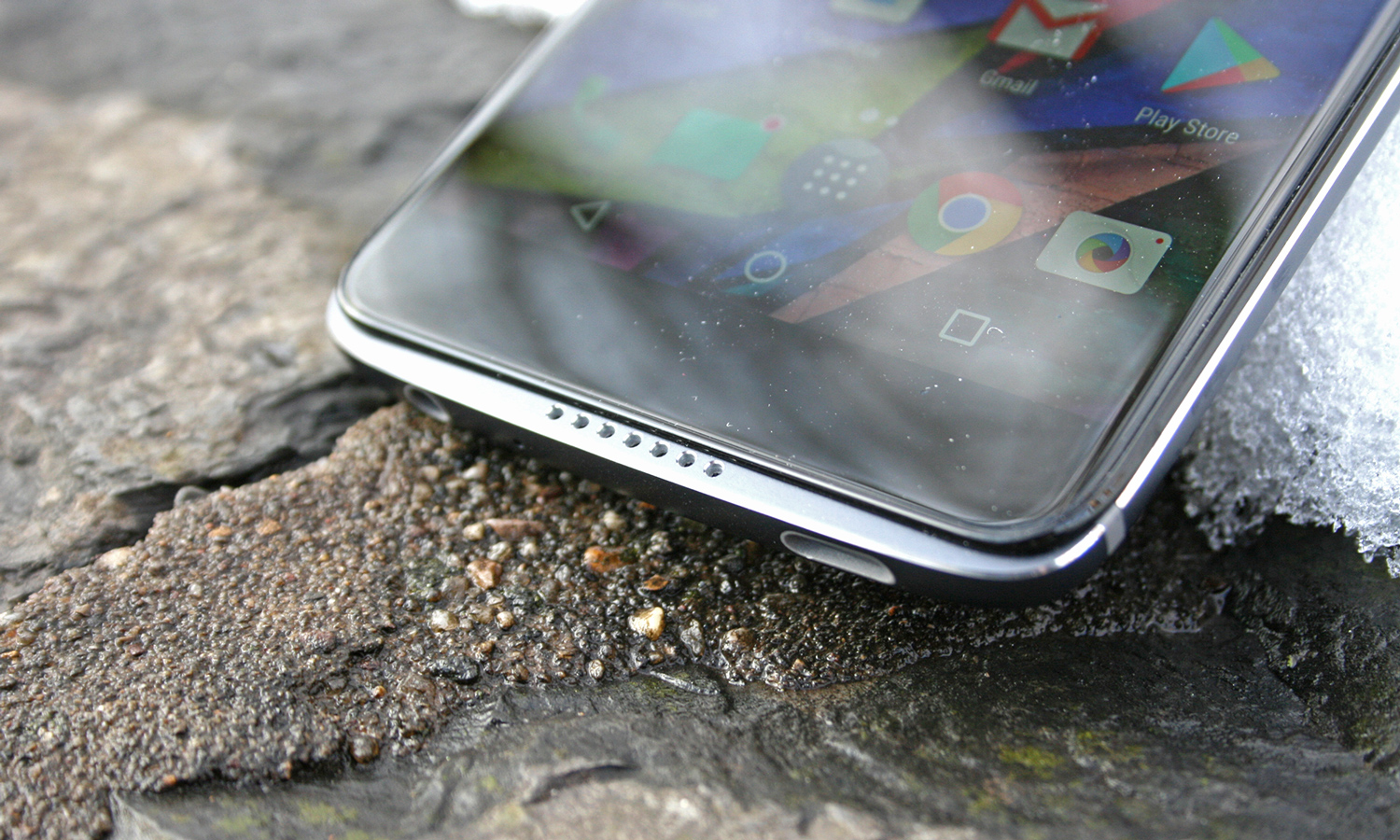
The metal frame still extends beyond the boundaries of the screen, and that's where you'll find the phone's earpiece and microphone that also double as stereo front-facing speakers. Along the right side below the volume rocker is the Boom key — a multifunction button that houses a number of shortcuts, which you can reprogram via the Settings menu.
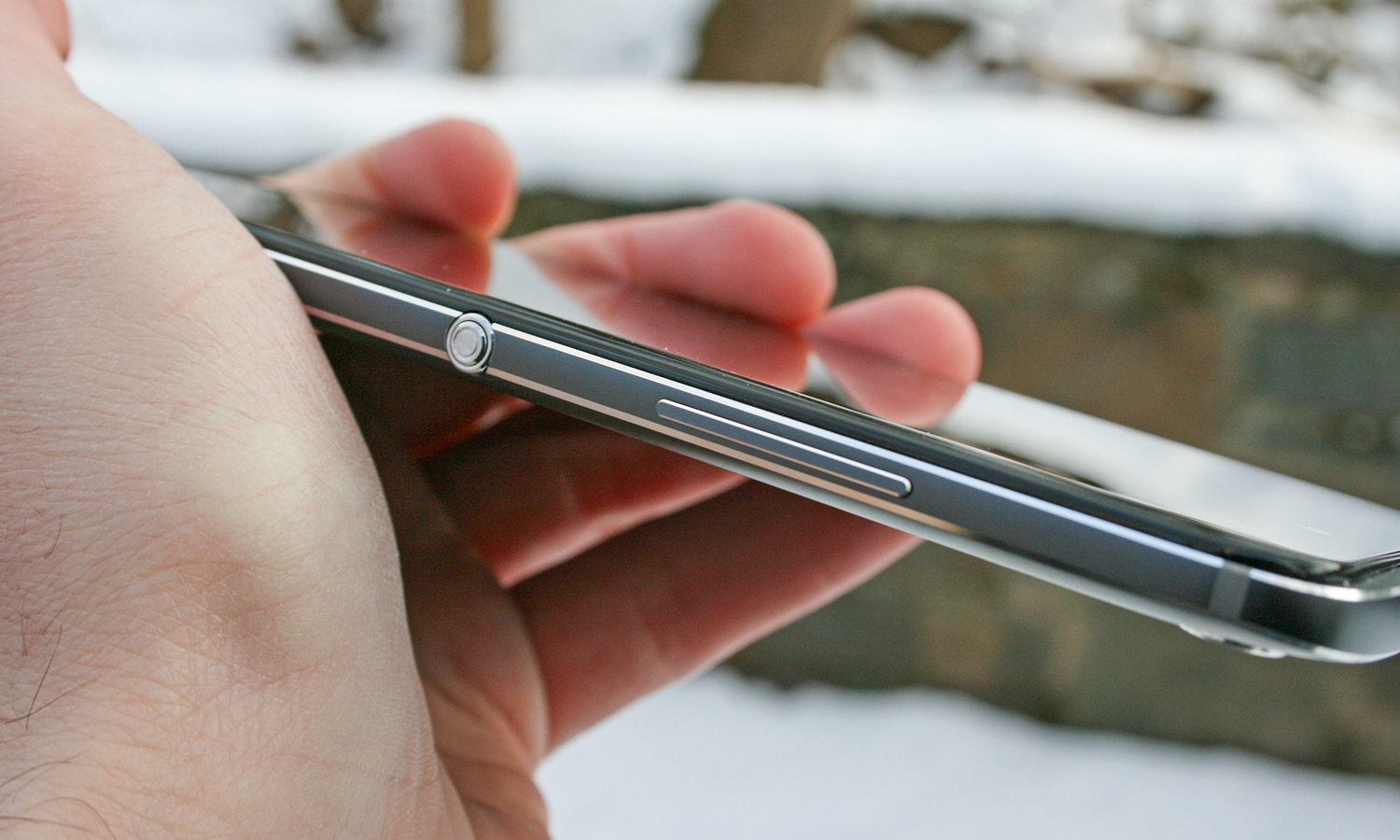
Overall, it's not a very fresh look anymore, considering Alcatel took the same approach with the Idol 3 and Idol 4. But it's still classy and unique, despite Cricket's obnoxious branding on the back. Budget buyers have been conditioned to expect disappointment in the design department, but the Idol 5's symmetrical aesthetic and gleaming, chamfered edges should leave customers with nothing to complain about.
Well, almost nothing. There is that issue of the missing fingerprint sensor, which you'll find on the global version of the Idol 5 and Idol 5S, but not on this Cricket-exclusive U.S. model. The omission puts the device at a severe disadvantage compared with rivals like the Honor 7X and the Moto G5 Plus, that match or undercut the Idol 5's price while still delivering the essential security measure.
Display: Satisfyingly bright
Alcatel has once again gifted one of its budget offerings with a great display. The 5.2-inch full-HD LCD panel in the Idol 5 is ostensibly the same one we saw in the Idol 5S, except that older phone costs $100 more. It was a good screen for the money then, and even better now.
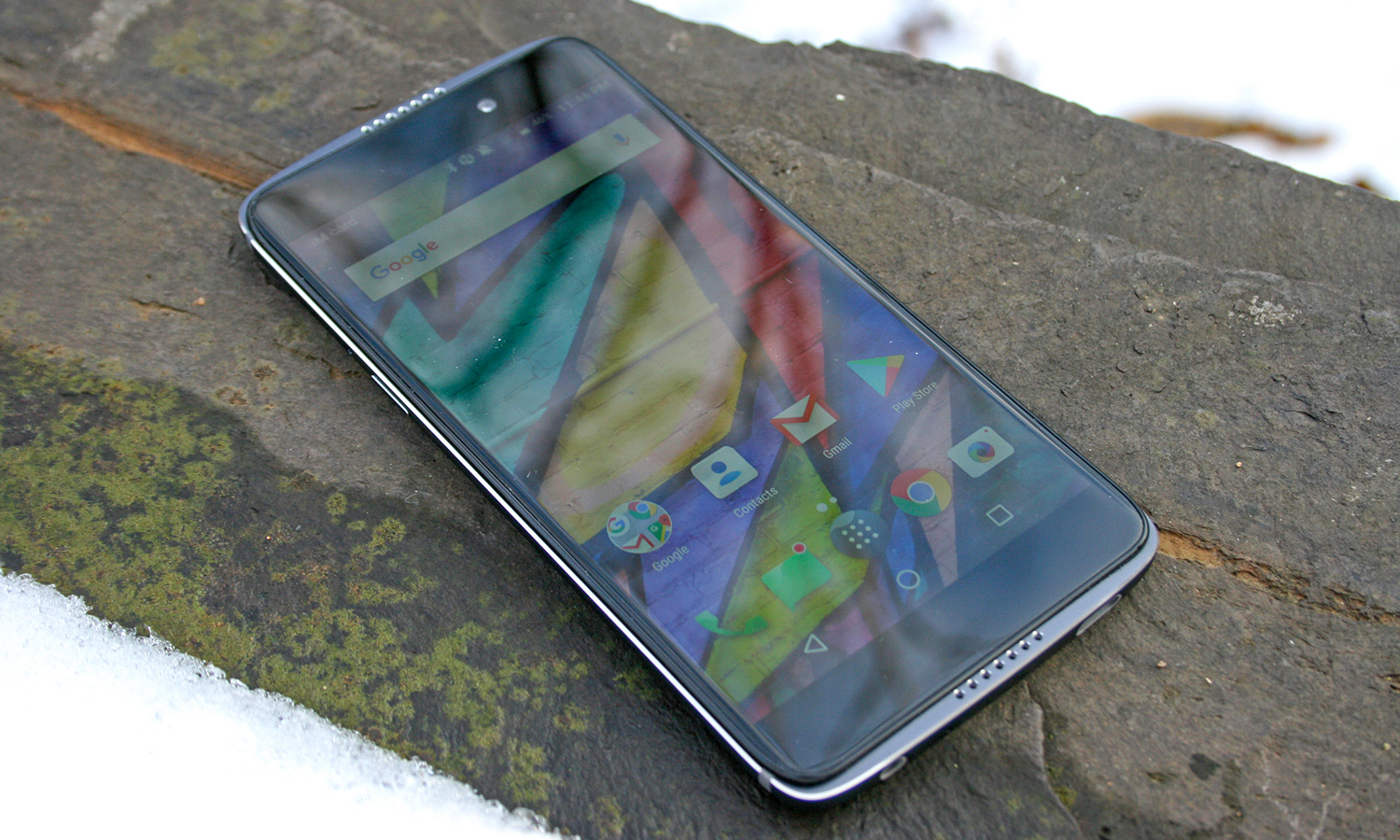
The screen's greatest asset is its brightness. The Idol 5's panel reached 530 nits at its maximum setting when we measured it with our light meter, placing it comfortably above the 510-nit Honor 7X. Colorful, dynamic scenes look excellent on the Idol 5, as I discovered watching the first trailer for Ready Player One. If it's more saturation you're after, a Vivid option in the display settings will give you exactly that, though I found the standard profile intense enough.
The Idol 5 reproduced 172 percent of the sRGB color gamut. That's impressive in comparison to the Moto G5 Plus' 106 percent, though the Idol's hues aren't quite as accurate. Whereas Motorola's phone achieved a Delta-E score of 0.94, the Alcatel managed 2.73. (Numbers closer to 0 are better.)
Performance: A step backward
In our review of the Idol 5S, we called its performance "fine, but nothing special." Unfortunately, the Idol 5 trades that phone's Snapdragon 625 processor for a slightly slower MediaTek Helio P20, and features a gigabyte less of RAM for a total of just 2GB. Worse than "nothing special" doesn't exactly instill confidence.
Common tasks take just a hair longer on the Idol 5 than you'd hope. The scant amount of memory means apps don't remain in the background for very long, so you never know if they'll be ready for you at a moment's notice. When they aren't, you'll switch to an app and hang on the splash screen for half a second or more.
Less demanding games, such as competitive endless runner Sonic Forces Speed Battle, run smoothly. But graphic-intensive titles didn't fare as well. Arcade racer Asphalt Nitro chugged along at a very low frame rate, rendering it unplayable.
Still, in benchmark testing, the Idol 5 compared admirably to its rivals. Its 3,636 multi-core score in Geekbench 4 was just a hair behind the Moto G5 Plus, at 3,746. Graphics performance was also respectable, notching 13,094 in 3DMark's Ice Storm Unlimited. That's good enough to top the Honor 7X, at 11,586.
If the Idol 5 has one definite advantage over its competition, though, it's NFC support. Most budget handsets, including the more expensive Idol 5S, lack NFC and thus cannot be used for Android Pay, so Alcatel should be applauded for including it here.
Camera: Detailed but dim
Although other phones tout complex dual-camera arrays that blend monochrome sensors with different apertures and so on, Alcatel has taken a refreshingly simple approach with the Idol 5's photography capabilities.
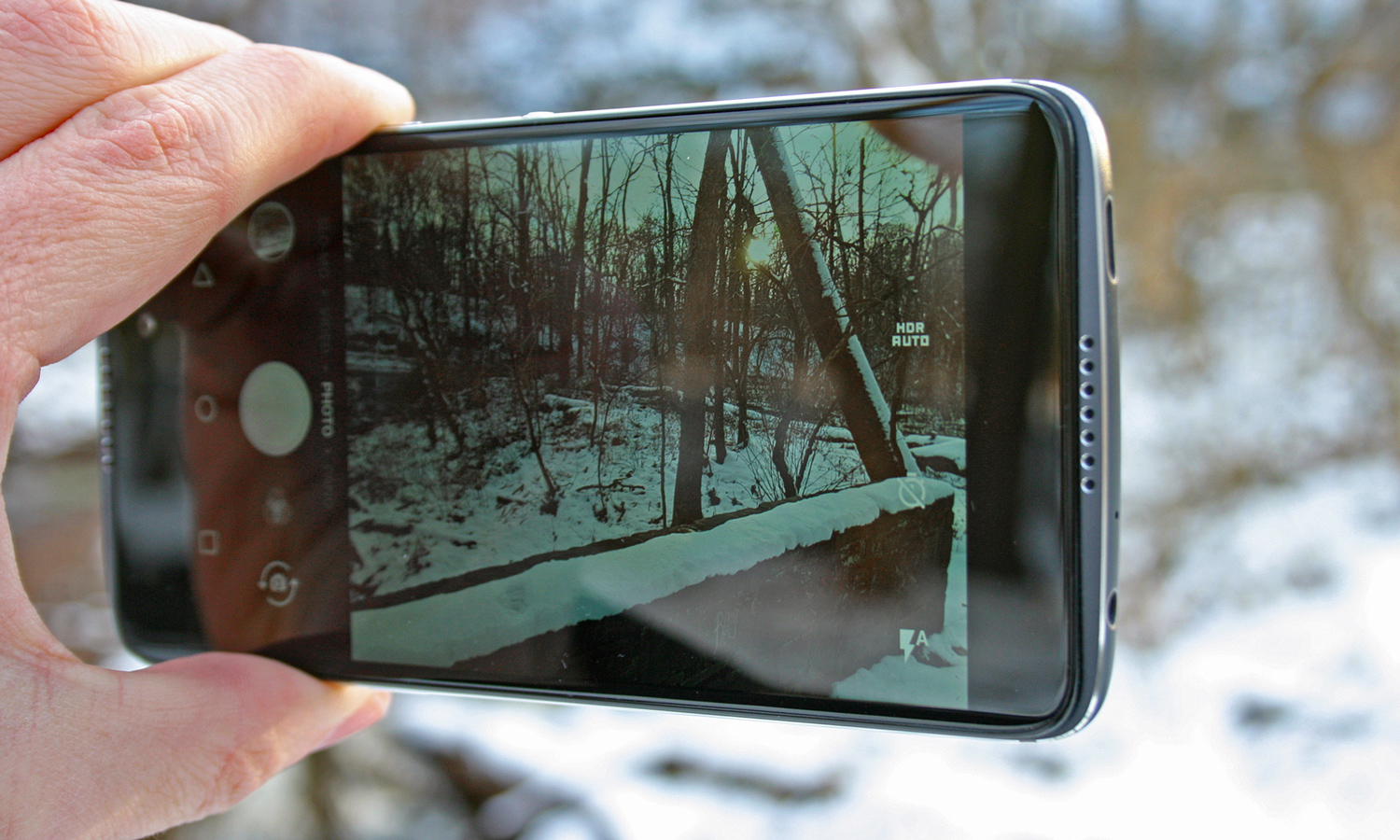
There's a 13-megapixel rear shooter with an f/2.0 aperture, and a 5-megapixel one for selfies. That's it.
That might sound underwhelming by 2017 standards, but it's not a huge loss. Dual cameras in budget phones never quite prove their worth like the setups you get in higher-end models. During my time with the Idol 5, I didn't find myself wishing for a second lens — just some brighter shots.
Compared with the Moto G5 Plus, the Idol 5 delivered consistently darker and cooler images, though it did win out regarding sharpness. The 12-MP Motorola failed to catch quite the same level of detail as the Alcatel, which is particularly evident in the above photo of a poodle. The wavy texture of the dog's hair comes across so much more clearly with the Idol 5.
A similar effect is visible in the next series of pictures, which focuses on a park sign on a cloudy winter afternoon. Interestingly, HDR mode was activated on both phones, but the Idol 5 didn't seem to use it to any great effect. Facing away from the light, the sign is much more visible in the G5 Plus' rendition. Motorola's phone is able to pull so much more detail out of the shadows — something the Alcatel consistently struggled with.
Like many budget phone cameras, the Idol 5 really leans on plentiful sunlight to produce good photos. In this pair of selfies taken on a much nicer day, the Idol 5 sported more realistic contrast and color, compared with the G5 Plus, and its highlights weren't nearly as blown out. I also prefer the Idol 5's narrower perspective and shorter depth of field, which is well suited for portraits.
Battery: Quick to charge, quick to drain
The Achilles' heel of the Idol 5S was its paltry 2,620 mAh battery. That handset delivered just 7 hours and 39 minutes in our battery test, which consisted of continuous web surfing on an LTE network. (T-Mobile's in the case of the unlocked 5S.)
The Idol 5, which we tested on AT&T's network, is actually better endowed than its more expensive sibling in this regard. Alcatel has bumped up capacity to 2,850 mAh in the new model. Combined with the reduced amount of RAM and less powerful processor, we expected the Idol 5 to outlast the Idol 5S. It did, but not by much.
The Idol 5 turned in a result of 8 hours and 50 minutes on our battery test. Although that's a step in the right direction, it still falls well short of the 9:40 smartphone average, not to mention budget category leaders like the Moto G5 Plus and the ZTE Blade V8 Pro, at 11:43 and 12:08, respectively.
Thankfully, Alcatel's phone is quick to charge. The Idol 5 supports MediaTek's PumpExpress 2.0 protocol for faster charging. In our testing, the device reached 49 percent in just 30 minutes using the included adapter. Considering you'll have to top up the Idol 5 often, it's at least comforting to know it won't take very long.
Software: A losing bet on VR
Once you strip away Cricket's bloatware, there's very little to differentiate the Idol 5's rendition of Android 7.0 Nougat from the stock OS. Rather, Alcatel is banking on virtual reality to set its latest budget offering apart.
Alcatel says the Idol 5 is optimized for VR, and the company sells its own headset, the $49 UNI360. Like Google's Daydream VR, the UNI360 can be used with a multitude of phones, so long as they fall between 5 and 6 inches in size.
As a pair, the Idol 5 and UNI360 have been pitched as an entry point for price-conscious consumers interested in VR. The phone is loaded with a wealth of VR content, ranging from Alcatel's VR Home interface to a VR Store for apps, Littlestar VR Cinema and VTime, which functions as a social network of sorts.
The Idol 5s performance inside the headset is hit-or-miss. Movement tracking is usually responsive and lag-free. Yet, apps occasionally take a long time to boot up, and VR Home in particular briefly freezes when loading content from the web. Those are issues I can live with; the Idol 5’s real trouble with VR pertains to navigation.
I've quit games only to be kicked back to the Android home screen, which is all but useless in VR. I've started apps and had to respond to permissions prompts, which never display properly, forcing me to remove the phone from the apparatus. The back and select buttons located on the top of the headset seem to randomly swap responsibilities, and on one occasion, the back button wasn't responsive at all until I restarted the device. If Alcatel wants to entice customers with VR, it will have to ensure a more consistent experience first.
As far as Android 8.0 Oreo availability is concerned, Alcatel has told us it has nothing to share at the moment. Considering the Idol 5 isn't even running the still outdated 7.1 version of Nougat, the prospect for future updates to a more current OS doesn't look good.
Bottom Line
There are certainly worse budget phones than the Idol 5. Given the wealth of alternatives that deliver better value, though, there's no reason to settle.
For $200 or so, you could afford an Honor 7X, ZTE Blade V8 Pro or Moto G5 Plus, and never have to worry about battery life or performance. You could even save some cash and opt for the incredibly long-lasting Moto E4 Plus. Best of all, you'd have the freedom to take your phone to the network that suits you, rather than being chained to Cricket and its perpetually throttled data speeds.
Meanwhile, if you're married to the Idol 5's design, the Idol 5S for $279 (or $199 as an Amazon Prime Exclusive with lock-screen ads) greatly benefits from improved specs across the board — not to mention a fingerprint sensor. It's definitely on the expensive side, but at least it doesn't force you to make so many compromises.
Credit: Tom's Guide
Adam Ismail is a staff writer at Jalopnik and previously worked on Tom's Guide covering smartphones, car tech and gaming. His love for all things mobile began with the original Motorola Droid; since then he’s owned a variety of Android and iOS-powered handsets, refusing to stay loyal to one platform. His work has also appeared on Digital Trends and GTPlanet. When he’s not fiddling with the latest devices, he’s at an indie pop show, recording a podcast or playing Sega Dreamcast.
